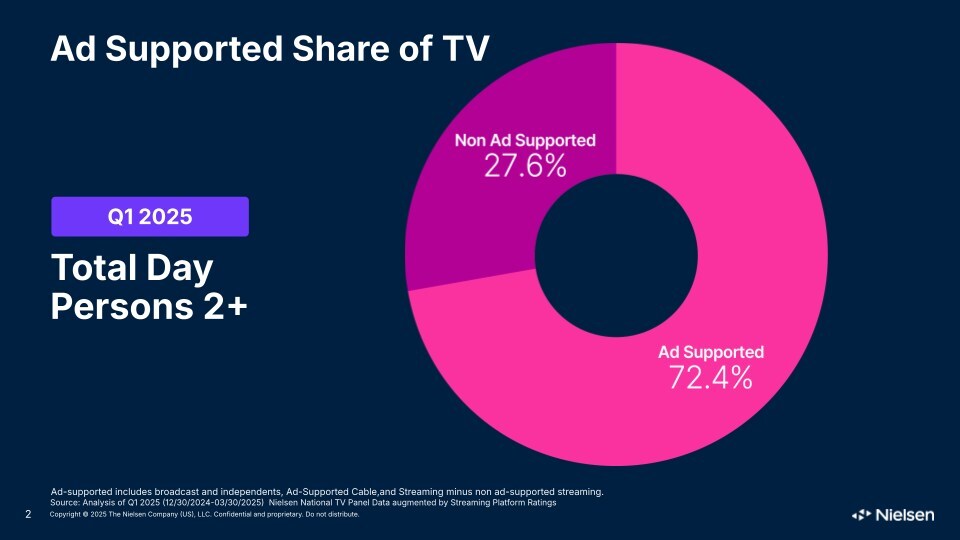RF Shorts - June 14, 2012
Solar Collector Triumphs Over STL
Here's something to watch out for if your station is adding green technologies such as solar collectors. According to the article Solar Collector Mishap Knocks Station Off Air, on Bethlehempatch.com, while work was being performed on a solar concentrator at WDIY [FM], the concentrator was “parked in a non-normal vertical position and without the heat exchange unit in place.”
You can probably guess the rest.
“WDIY went off the air abruptly at 5:45 pm during the sunny early evening on May 31, as this strip of intense heat slowly tracked across WDIY's black microwave cable, melting it. As the sun tracked across the sky, the ribbon of intense heat moved off WDIY's cable and onto wooden panels covering an old window opening on the elevator motor tower, which charred and began to smoke. WDIY initially suspected that its FM transmitter had shut down, but quickly ascertained that this was not the case, and station operations director, Neil Hever, went up to the roof to check on the status of the microwave antenna, only to find smoke rising from the side of the elevator tower."
The station used streaming audio via the Internet connection to get back on the air in about four hours, but required several days to make repairs to the feed line.
LightSquared Eyeing a Comeback in DOD Spectrum
LightSquared may be back, but this time on U.S. Department of Defense frequencies that wouldn’t interfere with GPS. Brendan Sasso, writing on the Website TheHill.com, reported Lawmakers suggest military spectrum could go to LightSquared. In a letter to FCC Chairman Julius Genachowski, Reps. Jim Moran (D-Va.), Maurice Hinchey (D-N.Y.), Steve Rothman (D-N.J.), Rodney Alexander (R-La.) and Ander Crenshaw (R-Fla.), who all serve on the Appropriations Committee, wrote "In the absence of a viable technical solution that would allow LightSquared to use its own licensed spectrum, we believe a spectrum swap is the most resourceful and efficient way to quickly expand broadband access nationwide,"
DTV Antenna Competition Continues
In yet another indoor antenna shoot out, Best HDTV Antenna (For Cities) TheWirecutter.com picked the Antennas Direct C2 ClearStream. Bryan Gardiner carefully pointed out that there is no “best antenna,” and provided some useful tips on avoiding the marketing hype around TV antennas. He compared the C2 with the Mohu Leaf, the Winegard SS-3000 and the Terk HDTVa, based on comments on other Websites and his own testing against the amplified and unamplified Mohu Leaf antennas.
He noted, “The Leaf, however, did a more than respectable job. Still while it picked up nearly all of the same channels (16 of them), the signal quality just wasn't as strong for most of them according to the percentage meter on my HDTV. That's not to say the HD picture wasn't more than acceptable, it’s just that if I was outside of the fringe of the range of the Mohu, the C2 would still deliver a picture.”
And Gardiner cautioned, “At the end of the day, even a good HDTV antenna can be a finicky piece of gear. Happily, good antennas are not expensive at all. And whatever antenna you do buy, it'll likely be the cheapest component in your HDTV system. Still this piece of equipment will also have the biggest impact on the HD signal reception, and sometimes the difference of $10 to $15 can make a big difference in the antenna world.”
Get the TV Tech Newsletter
The professional video industry's #1 source for news, trends and product and tech information. Sign up below.

Doug Lung is one of America's foremost authorities on broadcast RF technology. As vice president of Broadcast Technology for NBCUniversal Local, H. Douglas Lung leads NBC and Telemundo-owned stations’ RF and transmission affairs, including microwave, radars, satellite uplinks, and FCC technical filings. Beginning his career in 1976 at KSCI in Los Angeles, Lung has nearly 50 years of experience in broadcast television engineering. Beginning in 1985, he led the engineering department for what was to become the Telemundo network and station group, assisting in the design, construction and installation of the company’s broadcast and cable facilities. Other projects include work on the launch of Hawaii’s first UHF TV station, the rollout and testing of the ATSC mobile-handheld standard, and software development related to the incentive auction TV spectrum repack. A longtime columnist for TV Technology, Doug is also a regular contributor to IEEE Broadcast Technology. He is the recipient of the 2023 NAB Television Engineering Award. He also received a Tech Leadership Award from TV Tech publisher Future plc in 2021 and is a member of the IEEE Broadcast Technology Society and the Society of Broadcast Engineers.
